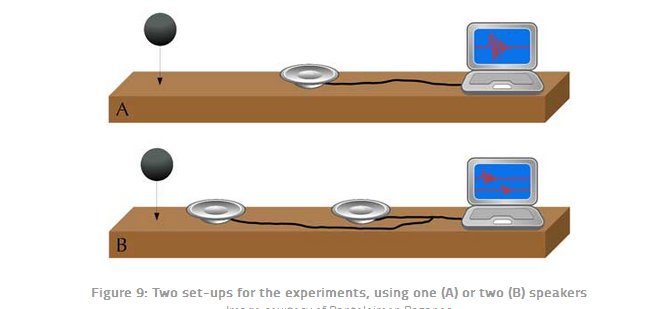ACTIVITIES FOR STUDENTS
VOLCANO MODEL
Making a volcano model is one of the most popular activities set in school and despite everyone being set the same task, the variety of models produced is a testament to the creativity of young learners today.
Many ideas you can find here: http://www.3dgeography.co.uk/#!make-volcano-model/c1zi1
More ideas: http://volcano.oregonstate.edu/book/export/html/208
http://www.volcanolive.com/model.html
http://www.bgs.ac.uk/discoveringGeology/hazards/volcanoes/models/home.html
http://cse.ssl.berkeley.edu/lessons/indiv/davis/hs/Seismograph.html
https://www.youtube.com/watch?v=-8c6HvV6CxM
https://www.youtube.com/watch?v=g11Zo0GDyzk
Although geysers are rare, 60% of the geysers in the world are found in Yellowstone National Park, where one of the most famous is called Old Faithful. A geyser is a hot spring that erupts, shooting a column of water into the air. Geysers are rare because they require certain conditions—water, volcanic heat, and pressure. Water seeps underground and flows through channels of underground rock and then some of it collects in underground reservoirs. When the water inside a pocket of a closed-off reservoir becomes extremely hot, pressure begins to build. If there is enough pressure, the water will stay in liquid form until it is very hot (as opposed to changing to steam like boiling water). When the high pressure causes some of the water to finally change to steam, the steam will launch water out of the reservoir causing the geyser to erupt. When the geyser stops erupting, the pressure starts to build again in the reservoir pocket, and the whole process starts over.
resources: http://sciencenetlinks.com/afterschool-resources/geyser-riser/
New experiment:
Drop Mentos into a bottle of soda and run away from the 20 foot geyser.
It’s been called the “vinegar and baking soda” reaction for a new generation. While science teachers have been dropping candies and mints into 2-liter bottles of soda for years in an effort to release all of the dissolved carbon dioxide, the Mentos and Diet Coke reaction became world famous in 2005. Fueled by hundreds of blogs and popular online sharing sites like youtube, this once obscure reaction became an Internet sensation, and the enthusiasm for dropping Mentos into soda continues to grow. Once you get past the initial gee-whiz factor, there’s some amazing science behind a carbonated beverage and a chewy mint.
GEOGRAPHY EXPERIMENTS
interesting experiments – www.metlink.org/experimentsdemonstrations/
GEOLOGY EXPERIMENTS
ASTRONAUTICS ACTIVITIES
Roving a mini-“planet” calls for a “mini-rover.” NASA built a tiny rover just a couple of inches high to explore the surface of an asteroid and take pictures. You can build a nanorover too.
http://spaceplace.nasa.gov/nanorover/en/






